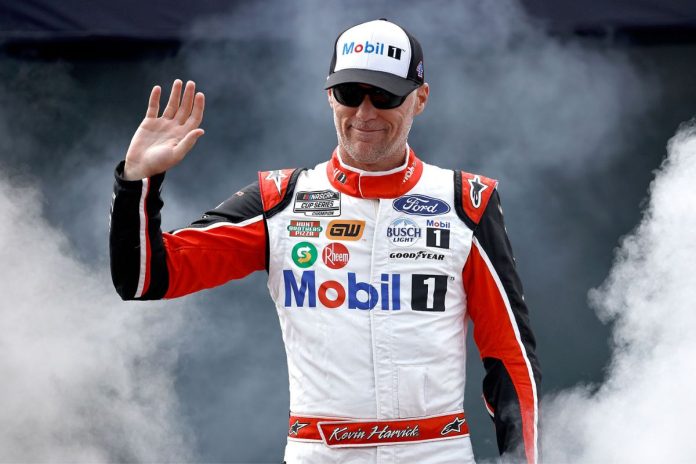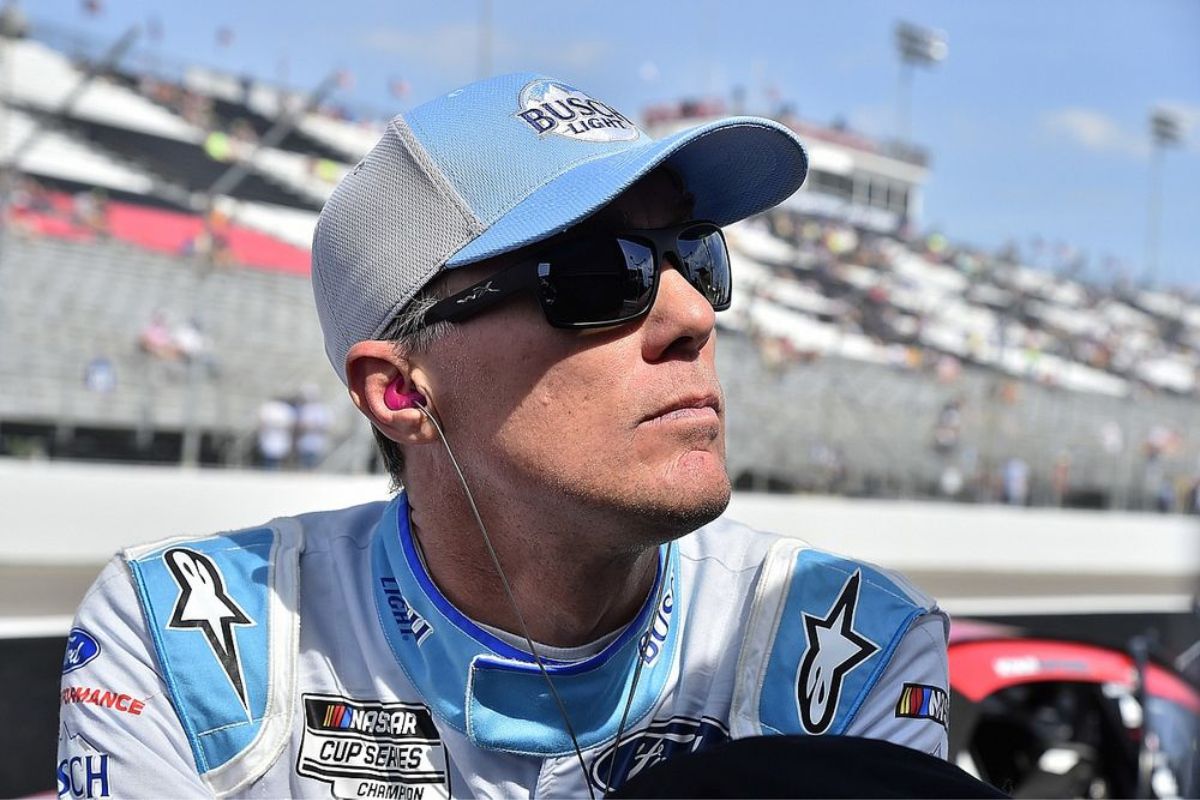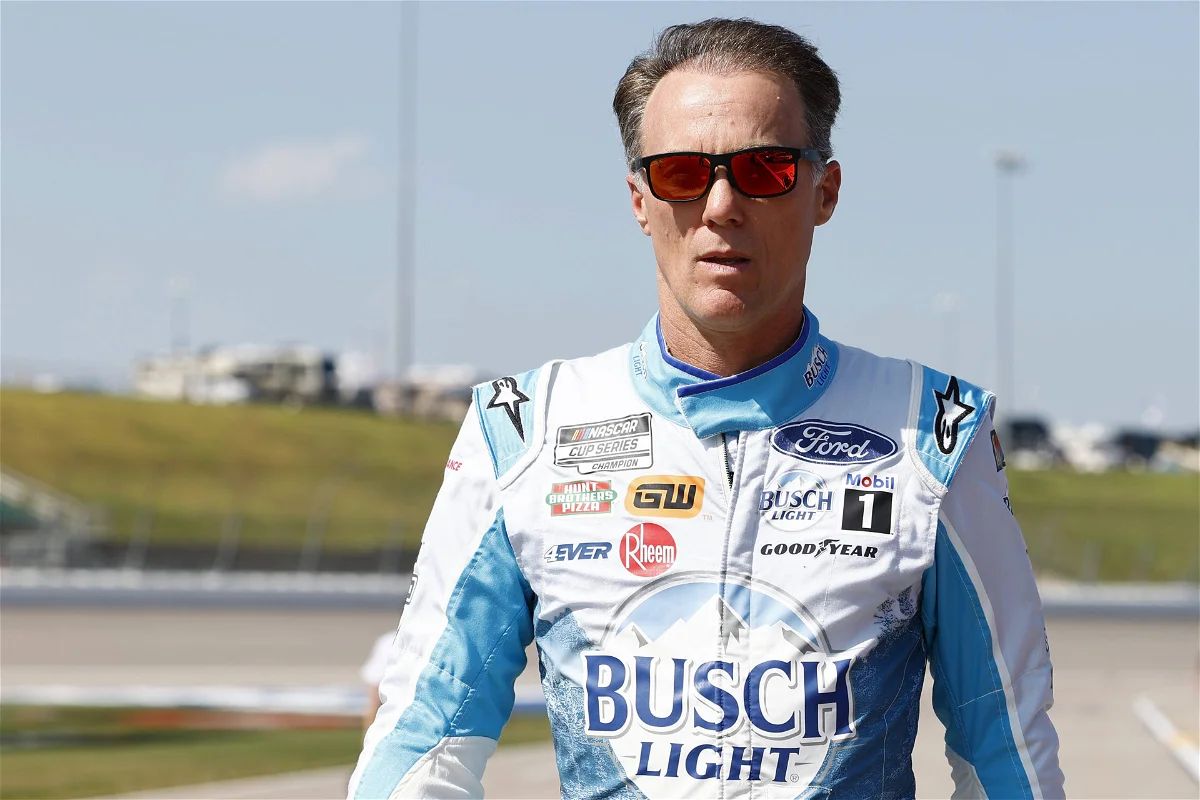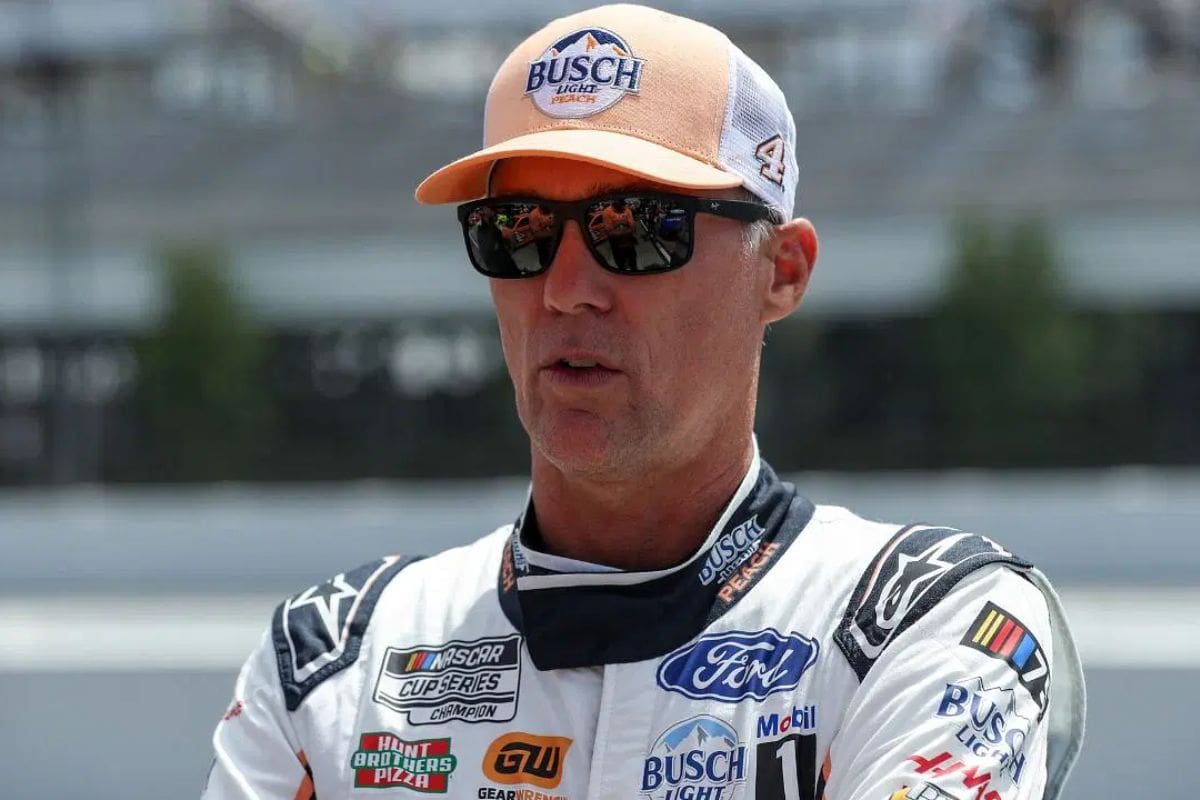Harvick Exposes Next-Gen Car Chaos: Kevin Harvick’s recent commentary on the complexities introduced by NASCAR’s Next-Gen cars opens an intriguing dialogue on the intersection of technology and traditional racing skills. His detailed critique not only points to the unpredictability and constant recalibrations needed amidst races but also hints at larger implications for the sport’s future strategies and safety protocols. As Harvick, a seasoned driver, navigates through these technological disturbances, the broader impact on the racing ecosystem, from pit stop strategies to driver preparedness, warrants closer examination.
Key Takeaways
- Kevin Harvick highlights the Next-Gen cars’ unpredictable responses, affecting control during races.
- Continuous adjustment and adaptation are essential due to the distinct engineering of Next-Gen cars.
- Harvick points out the complex interaction between new technology and traditional driving techniques.
- The challenge lies in mastering these new dynamics to optimize performance and ensure safety.
- Harvick’s insights show the ongoing evolution and necessary adaptation in NASCAR’s competitive sport.
Overview of the NASCAR’s Next-Gen Cars
In 2022, NASCAR introduced its next-gen cars, a significant initiative designed to enhance the competitiveness and sustainability of the sport. This introduction marks a crucial shift in NASCAR’s approach to racing dynamics and vehicle technology. The next-gen cars were developed with the intention of leveling the playing field among teams and drivers, thereby intensifying the competition. This is achieved through standardized chassis and bodies, alongside advanced components that are uniform across all teams.
The architectural overhaul includes changes to the car’s aerodynamics, weight distribution, and safety features, which are intended to not only improve the racing spectacle but also increase driver safety. The framework is made more robust, with improvements to the roll cage designs that provide extra protection. The car’s weight has been more centrally distributed, which affects handling and could potentially alter race strategies.
Furthermore, the shift to a single-source supplier for many components is a strategic move to reduce costs and simplify the technical demands on teams. This standardization is designed to prevent wealthier teams from gaining an undue advantage through bespoke engineering solutions, fostering a more competitive environment.
However, the shift has not been seamless. Veteran drivers like Jimmie Johnson have encountered difficulties adapting to the new car dynamics. Following Dale Earnhardt Jr., Kevin Harvick, who had a couple of seasons’ worth of experience with these cars, chose to share insights into the challenges confronted by drivers using this engine.
Kevin Harvick’s Insights
Kevin Harvick, an experienced NASCAR driver, has openly expressed the demanding challenges he faces while steering through the intricacies of next-gen cars. On the platform of ‘NASCAR on FOX,’ Harvick detailed the heightened level of continuous adjustment these vehicles require. His commentary provides a critical perspective into the operational complexities inherent in the next-gen car design and performance.
Harvick’s insights reveal a scenario where the driver must be highly adaptive, recalibrating strategies and techniques in response to the car’s dynamic behavior on the track. This necessity stems from the next-gen car’s distinct engineering framework, which diverges sharply from previous models with regards to aerodynamics, downforce, and tire usage. Each component influences the vehicle’s handling, thereby demanding a recalibrated approach to driving.
“I think you mentioned the old car. And everything that you could do in the old car, it was like clockwork, man. Once you had it, you had it. You knew what you’re looking for, you knew the feel which you were looking for. This car, you chase the feel. I mean, as you saw this weekend, you’re constantly on edge and it’s not always fun to drive because of how hard it is to drive… It’s not the same feel, it’s not the same stuff. You can’t just; every week is a new week with the evolution of the car. And the changing of the rules and the changing of the tires.” – (Harvick)
Kevin Harvick emphasized the importance of understanding the intricacies of the car, particularly in challenging races like the one we saw last weekend. According to him, to drive effectively and make the correct decisions, it’s essential for drivers to have a deep comprehension of their vehicle. Furthermore, he noted that the traditional way drivers communicated their needs in a car doesn’t necessarily align with the specifications of the next-gen model.
“That’s why, when you go back to Jimmie Johnson scenario, he’s just not in tune with what’s happening to keep up with the craziness of how hard this car is to drive.” – (Harvick)
Impact of Next-Gen Cars on Racing
The recent race weekend witnessed a staggering total of 16 cautions and numerous left-right spins, showcasing the intense action on the track. The introduction of the modern vehicle, designed to enhance competition and safety, has undoubtedly reshaped the landscape of the sport. This evolution necessitates substantial adjustments for both drivers and teams as they adapt to the new challenges posed by the updated technology.
The introduction of NASCAR’s Next-Gen car has ushered in a transformative era in the sport, as evidenced by the obstacles encountered by Jimmie Johnson and fellow drivers at Texas Motor Speedway. The Next-Gen car’s distinct handling characteristics, owing to changes in weight distribution and tire composition, demand a more detailed approach to driving. Drivers report a different feel in the car’s responsiveness, particularly in how the vehicle corners and manages tire wear over the duration of a race.
The Next-Gen car is designed to provide more consistent performance across various racetracks. However, this standardization also implies that there is less margin for error.
Challenges Faced by Jimmie Johnson
Jimmie Johnson’s recent showing at Texas Motor Speedway highlights the significant obstacles veteran drivers encounter in adjusting to the distinctive requirements of the Next-Gen cars. The race, marked by 16 cautions and multiple spins, served as a stark demonstration of the steep learning curve even seasoned professionals face with these new vehicles. Johnson’s performance emphasizes a need to reassess traditional driving techniques and adapt to the novel dynamics introduced by the Next-Gen car.
Analyzing Johnson’s moves during the race reveals a pattern of challenges primarily linked to the car’s handling and tire interaction. The Next-Gen car, with its independent rear suspension and lower profile tires, demands a different approach to throttle control and braking. Veterans like Johnson, who honed their skills on cars with different mechanical feedback, find themselves recalibrating their reflexes and strategies. This recalibration is not merely about speed but understanding the subtleties of how the car communicates road conditions and grip levels.
Evolution of Pit Stops and Future Adaptations
Significant changes to pit stop procedures, such as the introduction of single lug nut wheels, have necessitated a reevaluation of team strategies and techniques. This shift has introduced complexity in the pit stop execution, compelling teams to enhance their precision and speed under the newly imposed conditions. The single lug nut, unlike the traditional five, demands a different tooling approach and a recalibrated method for the pit crew, who must now adapt to this singular point of engagement.
The evolution toward this system aligns with NASCAR’s broader objectives of modernizing the sport and enhancing the safety parameters, yet it poses a steep learning curve for crews. These technicians must undergo rigorous training to master the quick engagement and release mechanism essential for top performance and minimal time loss during races. Additionally, the adaptation extends beyond the physical execution of pit stops to include strategic decision-making regarding tire changes and refueling, now influenced by the altered dynamics of wheel handling.
News in Brief: Harvick Exposes Next-Gen Car Chaos
Kevin Harick’s critical insights into the challenges posed by NASCAR’s Next-Gen cars show the complex interplay between advanced automotive technology and driver skills. This evolving landscape necessitates continuous adaptation, as evidenced by the experiences of drivers like Jimmie Johnson and the transformation of pit stop strategies.
As teams and drivers refine their approaches to harness these vehicles’ capabilities, the future of NASCAR appears poised for significant strategic and operational evolution, emphasizing safety and performance optimization.
Our Reader’s Queries
Q. What happened to Kevin Harvick’s?
A. Kevin Harvick has intermittently served as a broadcaster for NASCAR on FOX since 2015, primarily providing commentary for Xfinity Series races. Following his retirement from NASCAR Cup Series competition, Harvick has secured a deal to call Cup Series races for Fox beginning in 2024.
Q. Who will replace Kevin Harvick 2024?
A. Stewart-Haas Racing revealed on Wednesday that Josh Berry will step into the driver’s seat, taking over from the retiring Kevin Harvick beginning in 2024. Rodney Childers, Harvick’s current crew chief, will transition into the same role for Berry.
Q. Is Harvick still in the race?
A. Although the No. 4 Stewart-Haas Racing Ford didn’t secure a victory, Kevin Harvick’s consistency shone through, delivering 6 top-5 finishes and 14 top-10 finishes in his 47th season. Harvick’s last race as a full-time driver occurred on November 5, 2023, at Phoenix, where he led 23 laps and concluded with a 7th-place finish.
Q. Will Kevin Harvick retire?
A. On Thursday, Kevin Harvick declared his retirement, marking the conclusion of a Hall of Fame-worthy career spanning over two decades at NASCAR’s highest level. As he embarks on what is slated to be his final full-time season, Harvick boasts an impressive tally of 60 victories in the NASCAR Cup Series.
ALSO READ: Kevin Harvick’s Near Brawl with Kyle Busch: Insider’s Shocking Confession!





